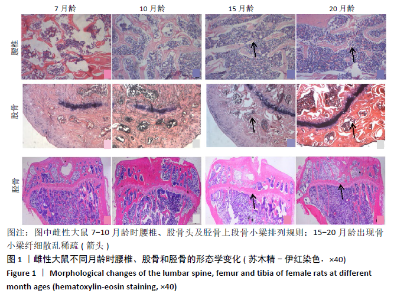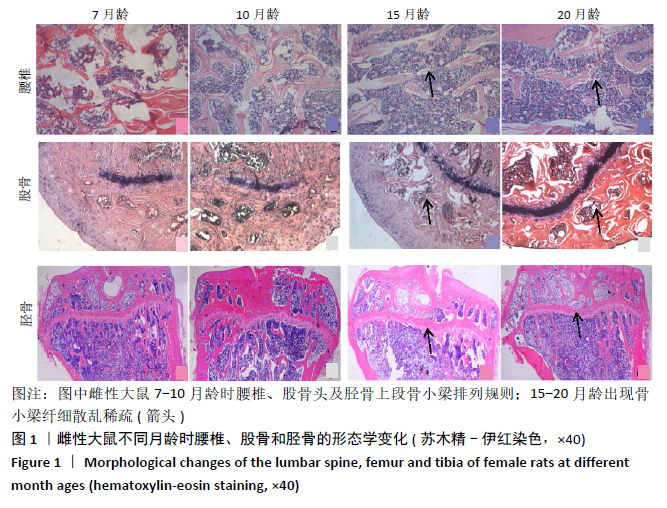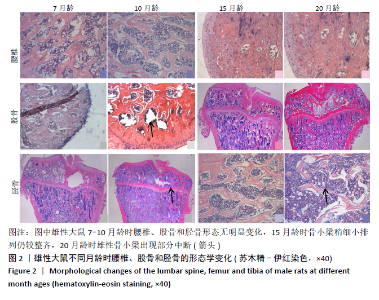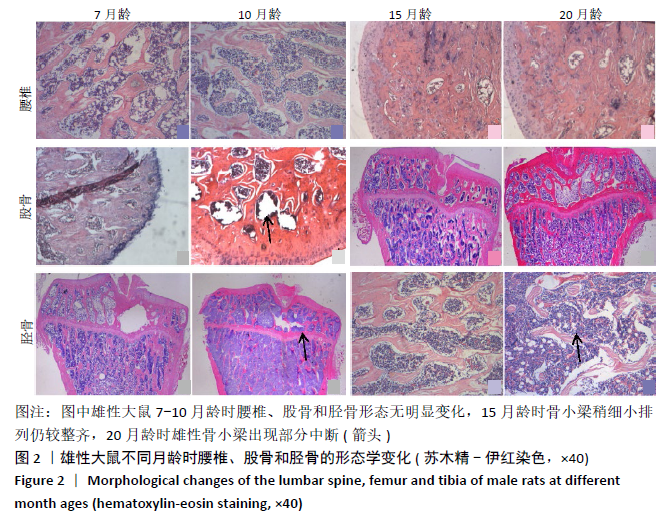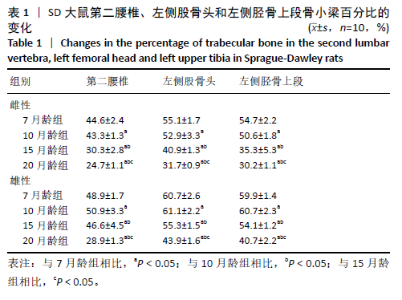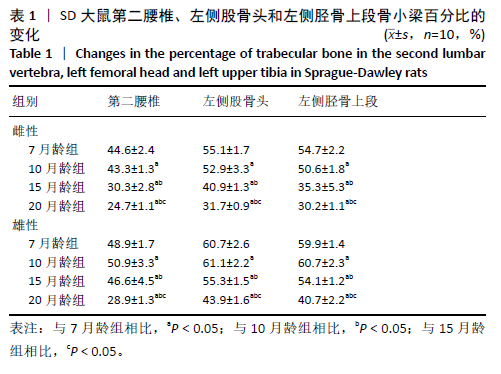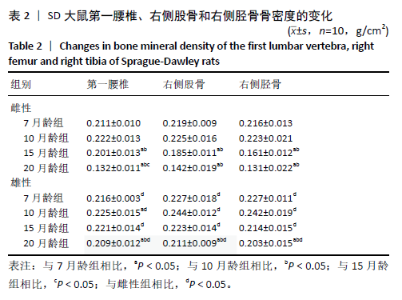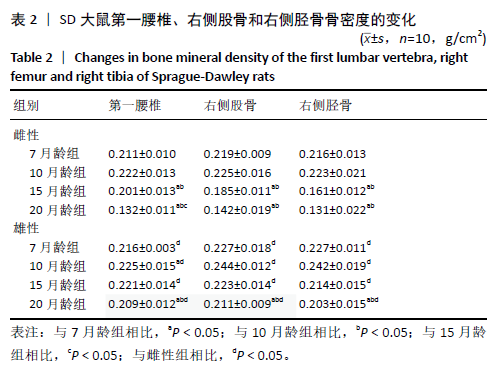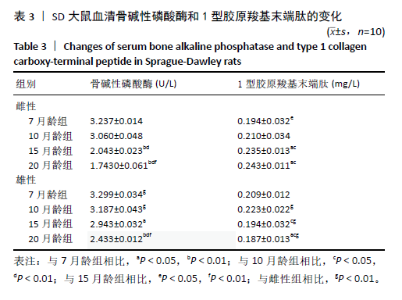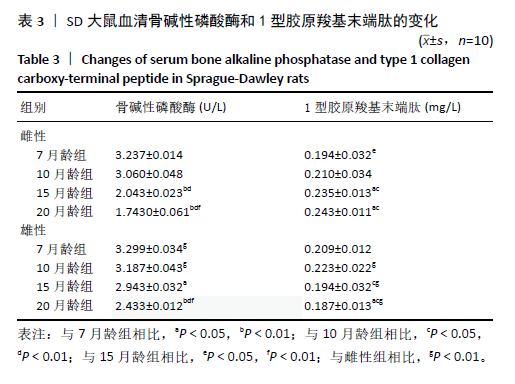[1] 姚洁,欧国峰,董博,等.抗疏强骨合剂结合基础抗骨质疏松药物治疗原发性骨质疏松症的疗效分析[J].中国骨质疏松杂志,2020,26(1):79-84.
[2] CURTIS EM, MOON RJ, HARVEY NC,et al. The impact of fragility fracture and approaches to osteoporosis risk assessment worldwide.Bone. 2017;104:29-38.
[3] LIN X, XIONG D, PENG YQ,et al. Epidemiology and management of osteoporosis in the People's Republic of China: current perspectives. ClinInterv Aging. 2015;10:1017-1033.
[4]李延红,党晓谦,龚福太,等.骨质疏松动物模型的研究进展及文献回顾[J].中国组织工程研究,2018,22(12):1956-1961.
[5] CHONG L, MCDONALD H, STRAUSS E. Deconstructing Aging.Science. 2004;305:1419.
[6]SCHRÖDER K. NADPH oxidases in bone homeostasis and osteoporosis. Free RadicBiol Med. 2019;132:67-72.
[7]PAOLILLO FR, ROMANO RA, DE MATOS L, et al. Short-term and long-term effects of osteoporosis on incisor teeth and femoral bones evaluated by Raman spectroscopy and energy dispersive X-ray analysis in ovariectomized rats. J Bone Miner Metab. 2019;37(1):18-27.
[8] 郑良朴,李远志,胡海霞,等.不同月龄大鼠去卵巢骨质疏松模型的比较[J].福建中医药,2009,40(2):50-51.
[9] 刘康,季晖,李绍平,等.三种大鼠骨质疏松模型的比较研究[J].中国骨质疏松杂志,1998(4):3-5.
[10] 郑振辉.实用医学实验动物学[M].北京:北京大学医学出版社,2008:222-224.
[11] 孙国平,罗选翔,潘彬.绝经后骨质疏松症的预防和药物联合序贯治疗[J].中国组织工程研究,2020,24(33):5385-5390.
[12]中国老年学和老年医学学会骨质疏松分会妇产科专家委员会与围绝经期骨质疏松防控培训部.围绝经期和绝经后妇女骨质疏松防治专家共识[J].中国临床医生杂志,2020,48(8):903-908.
[13]中华医学会骨质疏松和骨矿盐疾病分会.原发性骨质疏松症诊疗指南(2017)[J].中华骨质疏松和骨矿盐疾病杂志,2017,10(5):413-444.
[14]SAPIR-KOREN R, LIVSHITS G. Postmenopausal osteoporosis in rheumatoid arthritis: The estrogen deficiency-immune mechanisms link. Bone. 2017;103:102-115.
[15] 宋莹.骨碱性磷酸酶和25羟维生素D在佝偻病早期诊断和疗效中的应用分析[J].中国医药指南,2019,17(1):24.
[16] LIU Y, CUI Y, CHEN Y,et al. Effects of dexamethasone, celecoxib, and methotrexate on the histology and metabolism of bone tissue in healthy Sprague Dawley rats. ClinInterv Aging. 2015;10:1245-1253.
[17] NG AH, OMELON S, VARIOLA F, et al. Adynamic Bone Decreases Bone Toughness During Aging by Affecting Mineral and Matrix. J Bone Miner Res. 2016;31(2):369-379.
[18] 公爱凤.骨代谢标志物25(OH)D3、β-CTX和Total-PⅠNP在老年骨质疏松症患者髋部脆性骨折诊断中的检测价值[J].临床和实验医学杂志,2017,16(6):555-558.
[19] ENGSTRÖM G, LINDBERG C, GERHARDSSON DE VERDIER M,et al. Blood biomarkers and measures of pulmonary function--a study from the Swedish twin registry. Respir Med. 2012;106(9):1250-1257.
[20]ZHANG C, WANG S, ZHAO S, et al. Effect of lanthanum carbonate on coronary artery calcification and bone mineral density in maintenance hemodialysis patients with diabetes complicated with adynamic bone disease: A prospective pilot study. Medicine (Baltimore). 2017;96(45):e8664.
|
